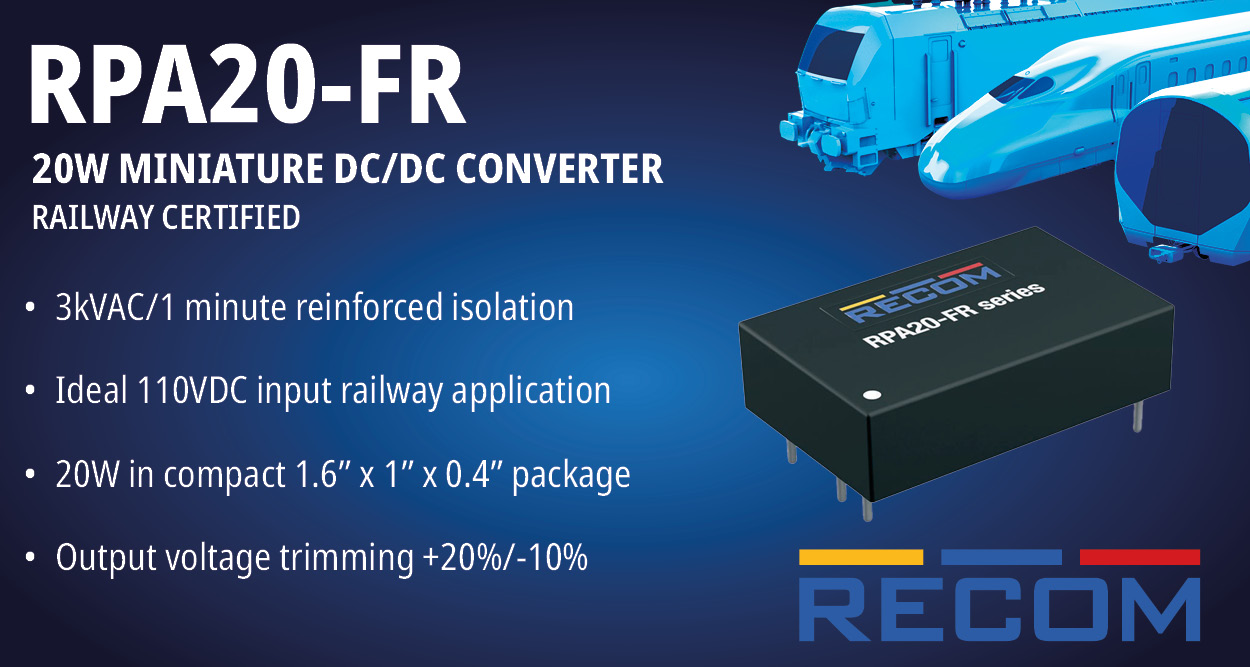The digital transformation of the manufacturing sector, driven by Industry 4.0, has led to an unprecedented surge in data generation. Smart factories, IoT-enabled machinery, high-resolution sensors, real-time analytics, and advanced robotics are continuously producing vast volumes of structured and unstructured data. Managing this data with low latency, high throughput, scalability, and reliability is crucial to ensure seamless operations, informed decision-making, and predictive maintenance. As a result, next-generation data storage technologies have emerged as critical enablers of smart manufacturing environments.
These advanced storage solutions are not only supporting the exponential data demands of intelligent manufacturing ecosystems but also addressing the challenges of real-time access, energy efficiency, and data security. Below, we explore the role of these technologies in shaping the future of industrial operations. According to the Consegic Business Intelligence report, Next Generation Data Storage Technologies Market size is estimated to reach over USD 140.29 Billion by 2031 from a value of USD 83.65 Billion in 2023 and is projected to grow by USD 87.75 Billion in 2024, growing at a CAGR of 6.7% from 2024 to 2031.
High-Performance Storage Architectures for Real-Time Industrial Analytics:
Modern smart factories depend heavily on edge computing and real-time analytics, which require ultra-fast data access and low-latency storage solutions. Traditional storage architectures, such as legacy hard disk drives (HDDs), are increasingly being replaced or augmented with Solid State Drives (SSDs) and Non-Volatile Memory Express (NVMe)-based storage systems. NVMe leverages the high-speed PCIe interface to provide significantly faster data transfer rates and input/output operations per second (IOPS), enabling immediate processing of sensor and machine data.
To further boost performance, Storage Class Memory (SCM) technologies—such as Intel Optane and other 3D XPoint memory—are being adopted for in-memory computing tasks. These storage media offer a hybrid model combining the speed of DRAM with the persistence of NAND, ideal for industrial control systems that demand sub-millisecond response times.
Moreover, the increasing adoption of all-flash arrays (AFA) in industrial data centers ensures that high-resolution video from machine vision systems, digital twins, and robotics feedback loops can be captured and analyzed without performance bottlenecks.
Edge and Hybrid Storage for Distributed Manufacturing Networks:
With the proliferation of IoT devices and cyber-physical systems across geographically distributed manufacturing sites, edge storage has become vital. Storing and processing data at or near the point of generation minimizes network congestion and ensures continuity of operations even with limited cloud connectivity.
Edge storage systems, integrated with industrial edge servers and gateways, allow for localized processing, buffering, and short-term data retention. These systems are often ruggedized for harsh industrial environments and designed to operate under stringent temperature, vibration, and power conditions.
Simultaneously, hybrid storage architectures—which combine on-premises edge systems with centralized or cloud-based storage—enable manufacturers to balance latency-sensitive operations at the edge with long-term data archiving, compliance, and advanced analytics in the cloud. Technologies such as software-defined storage (SDS) and object storage platforms (e.g., Ceph, MinIO) are facilitating seamless data management across these distributed environments.
Scalable and Secure Data Storage for Industrial AI and Machine Learning:
As manufacturing operations increasingly integrate AI and machine learning (ML) for quality control, anomaly detection, and predictive maintenance, the need for high-capacity, scalable, and secure data storage becomes paramount. These applications often require large training datasets that must be ingested, labeled, processed, and accessed repeatedly.
Next-gen storage technologies such as distributed file systems (e.g., Lustre, GPFS) and parallel file systems are being adopted in manufacturing AI/ML workflows to handle high-throughput workloads and concurrent data access across multiple nodes. Additionally, cloud-native storage services from providers like AWS, Microsoft Azure, and Google Cloud offer manufacturers the ability to dynamically scale storage capacity and performance based on AI workloads.
Security is another critical consideration, especially in protecting intellectual property, production data, and machine control systems. Advanced storage solutions now integrate hardware-based encryption, role-based access control (RBAC), data masking, and immutable storage features to safeguard data against cyber threats and ensure compliance with global regulations such as GDPR, ISO/IEC 27001, and NIST frameworks.
Conclusion:
Next-generation data storage technologies are playing a pivotal role in enabling the full potential of smart manufacturing. From enhancing real-time analytics and AI-driven decision-making to supporting decentralized operations and ensuring data security, these systems are foundational to the modern industrial data infrastructure.
As manufacturing becomes more connected, autonomous, and data-intensive, investments in advanced storage architectures—tailored for speed, scalability, and resilience—will be indispensable. In the journey toward fully intelligent factories, robust and adaptive data storage will not only support innovation but also become a strategic differentiator for manufacturers competing in a fast-evolving global landscape.
Source: Next Generation Data Storage Technologies Market


















